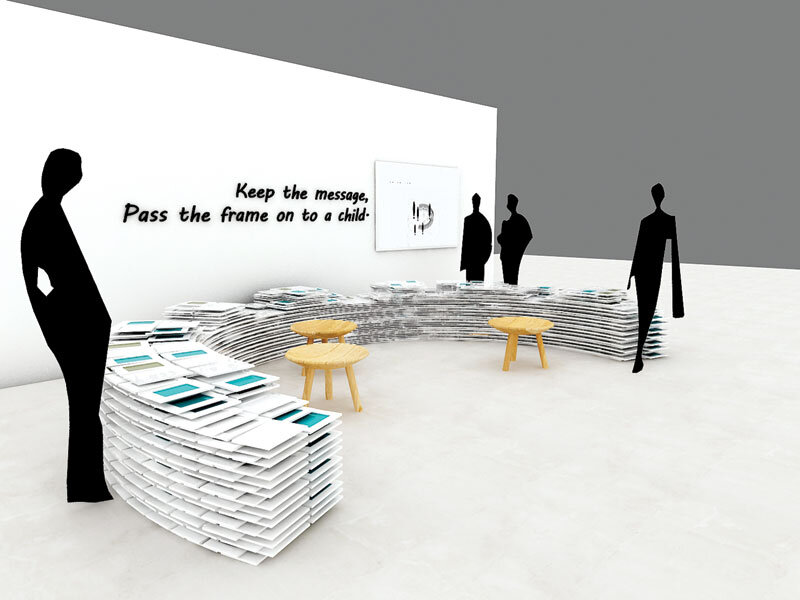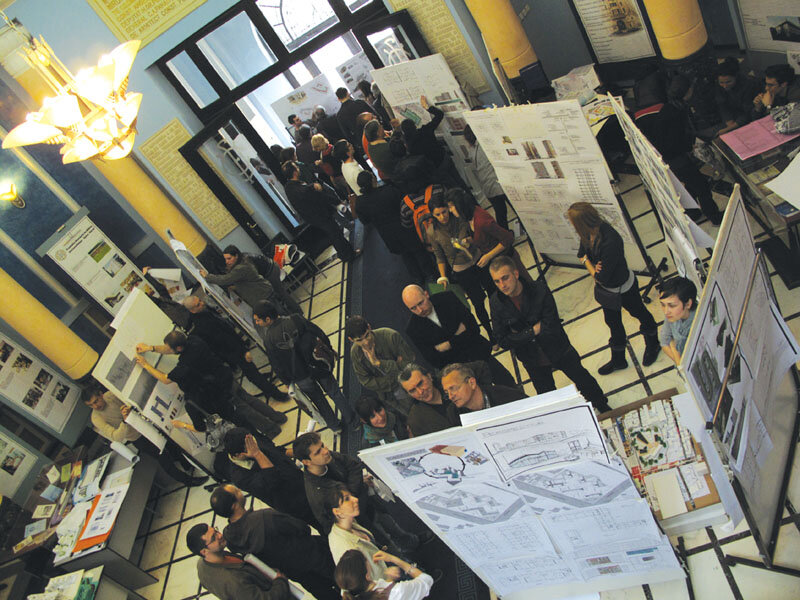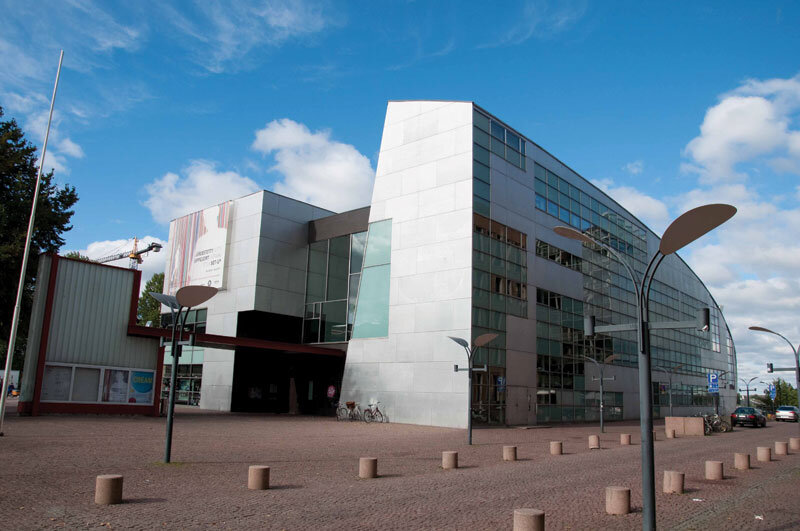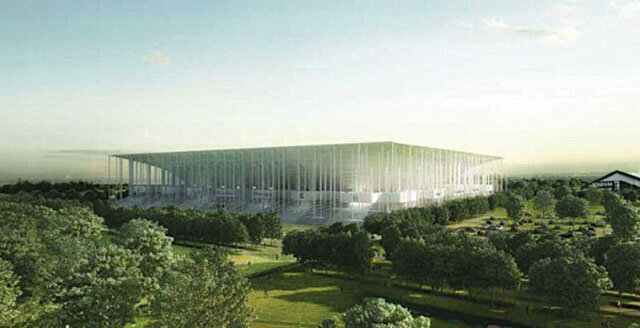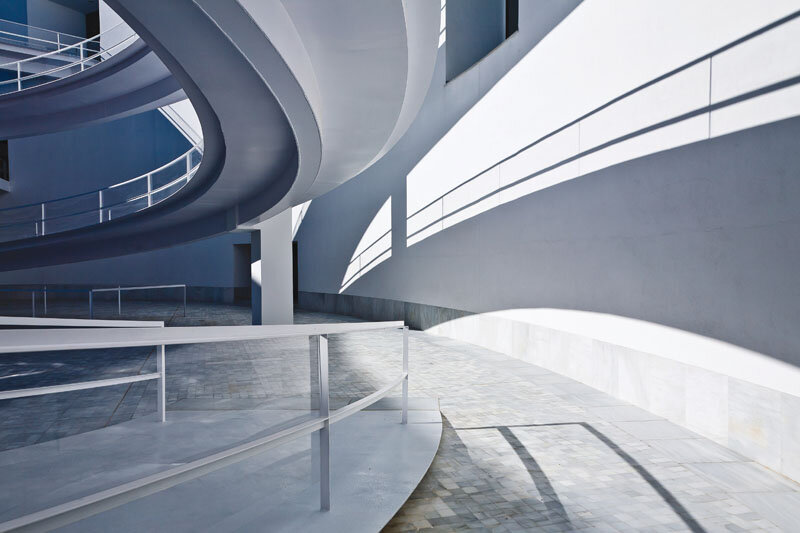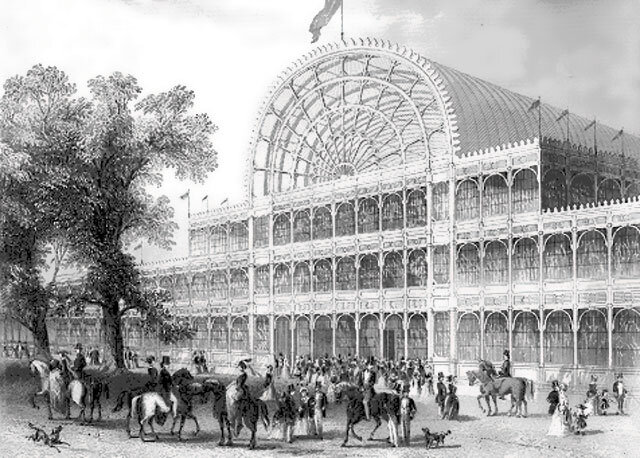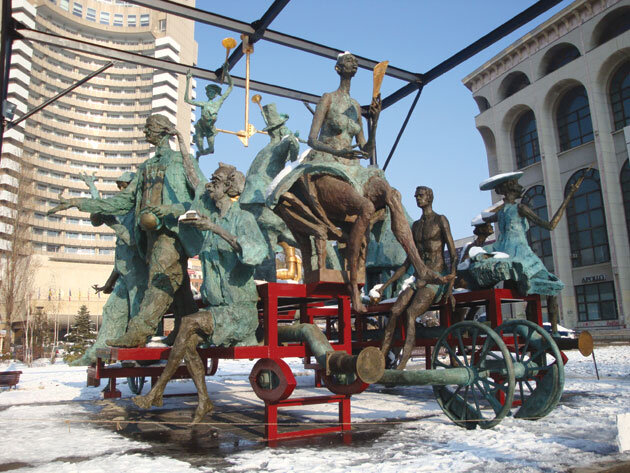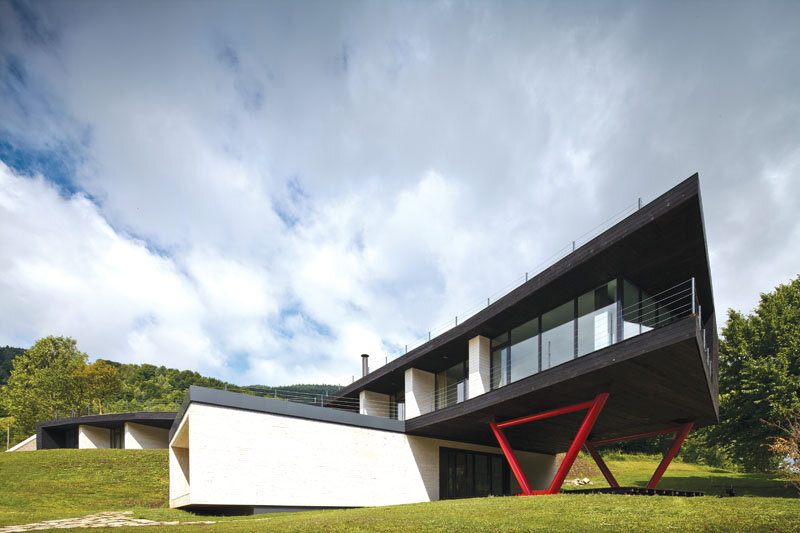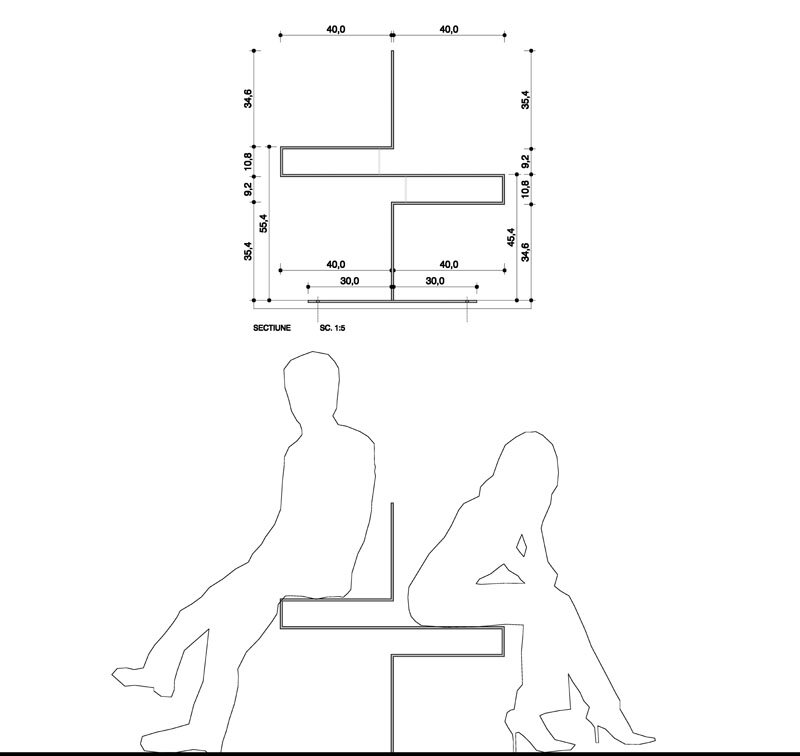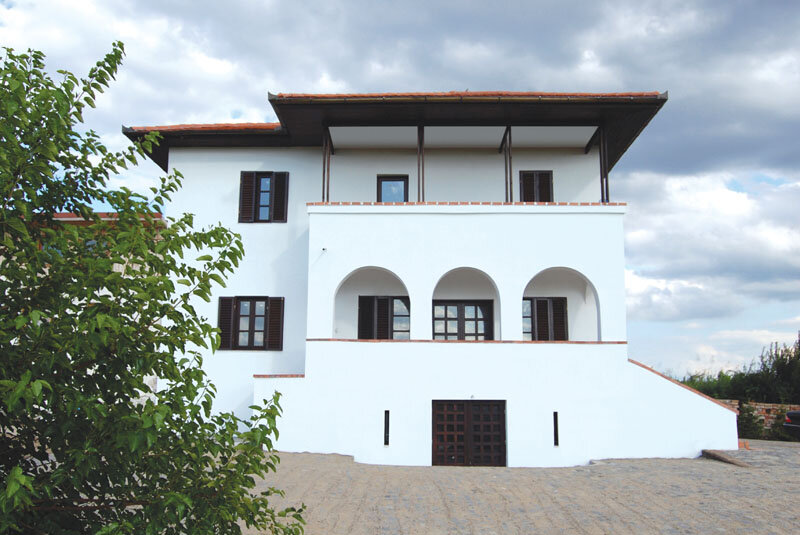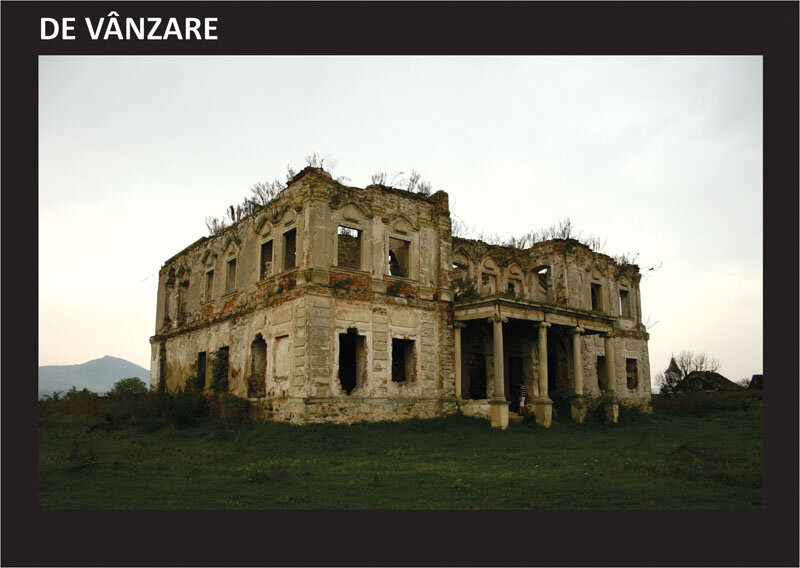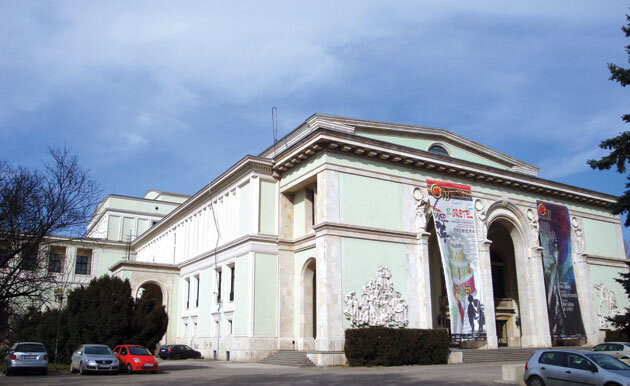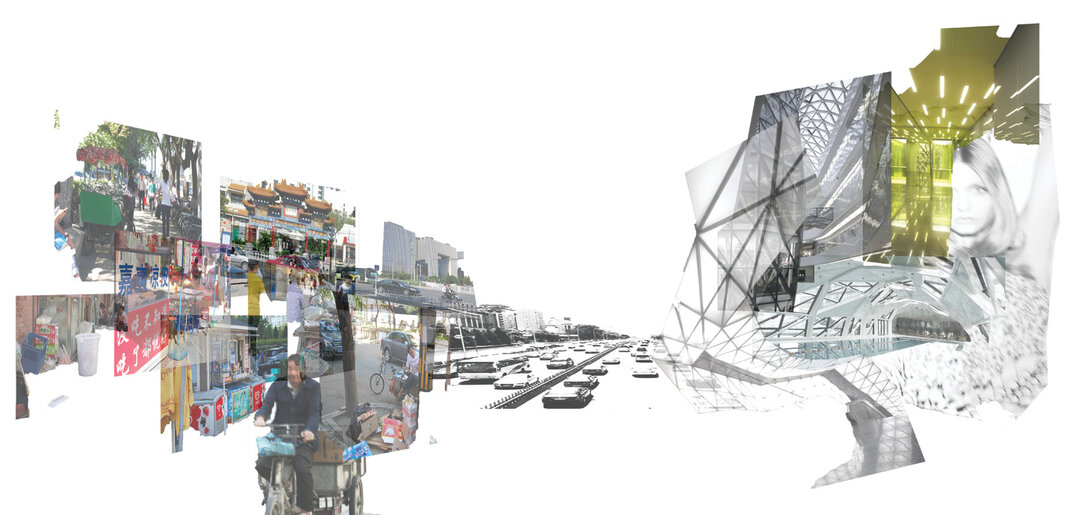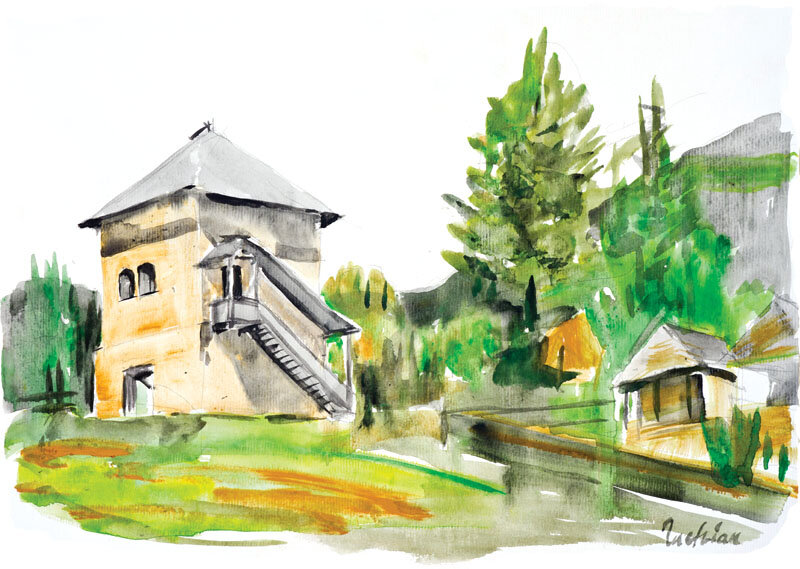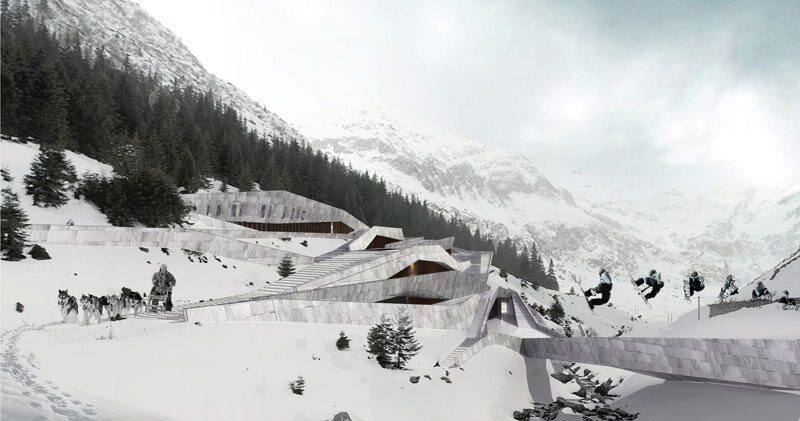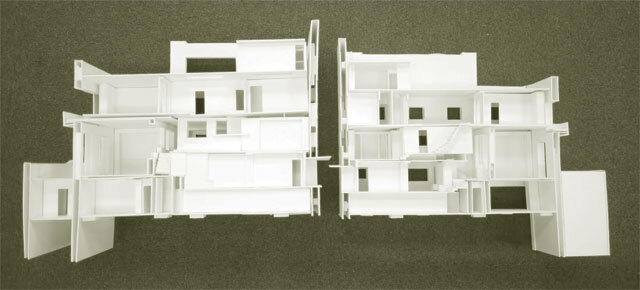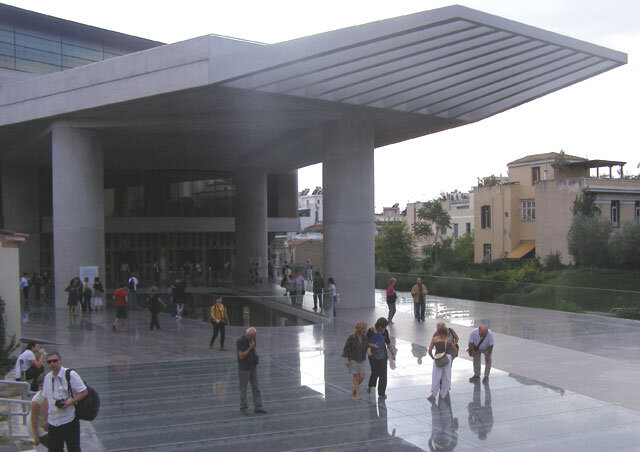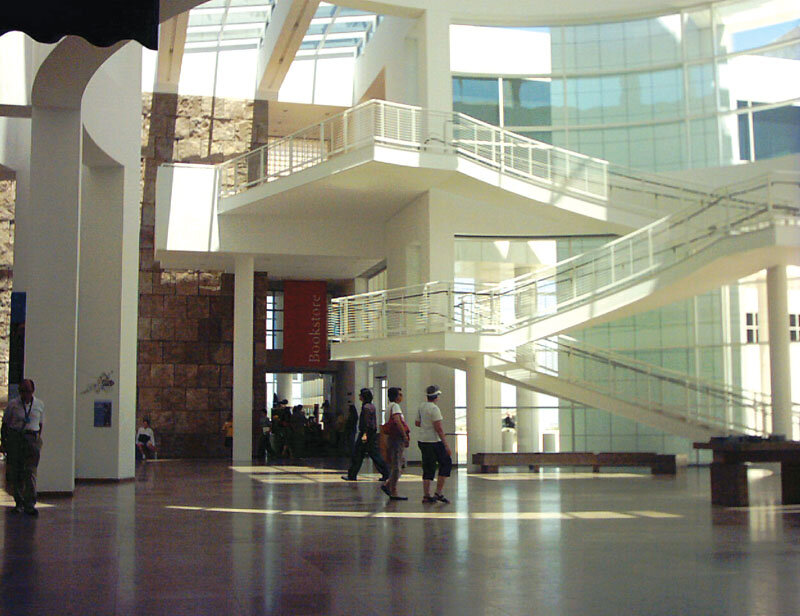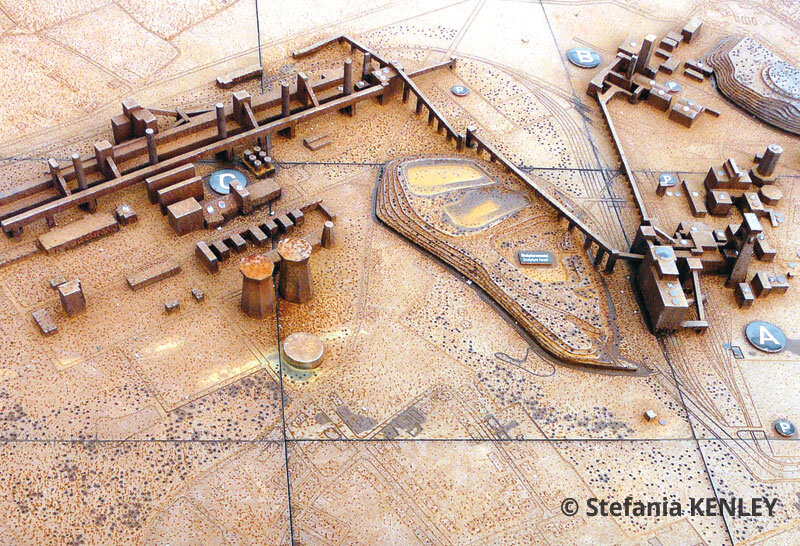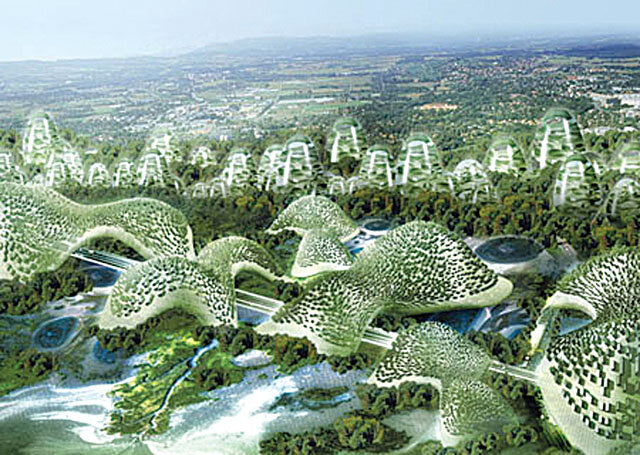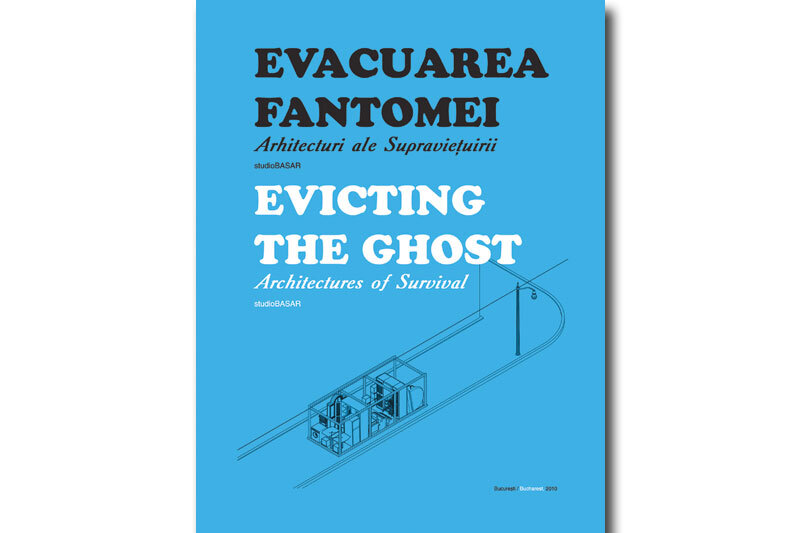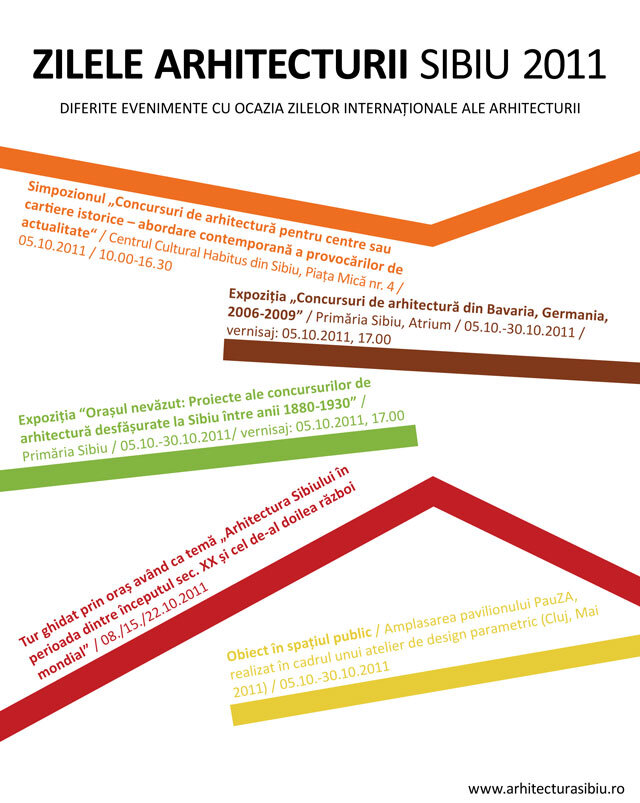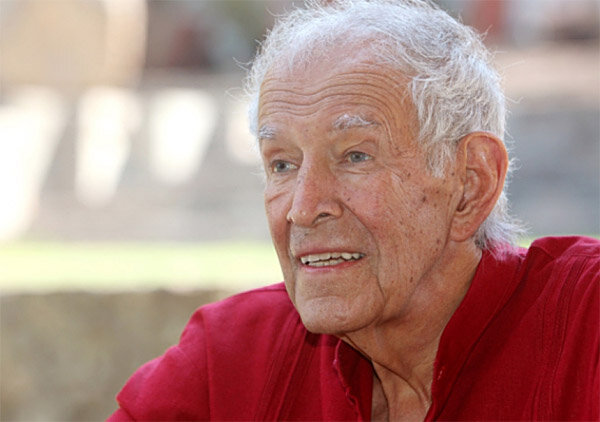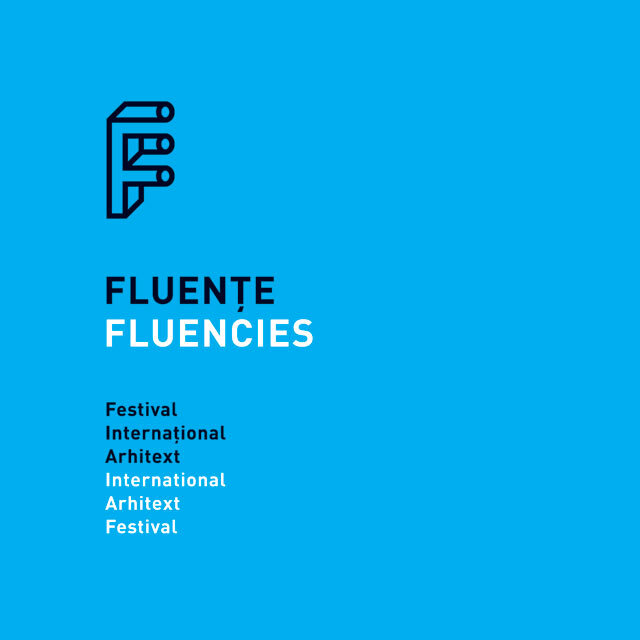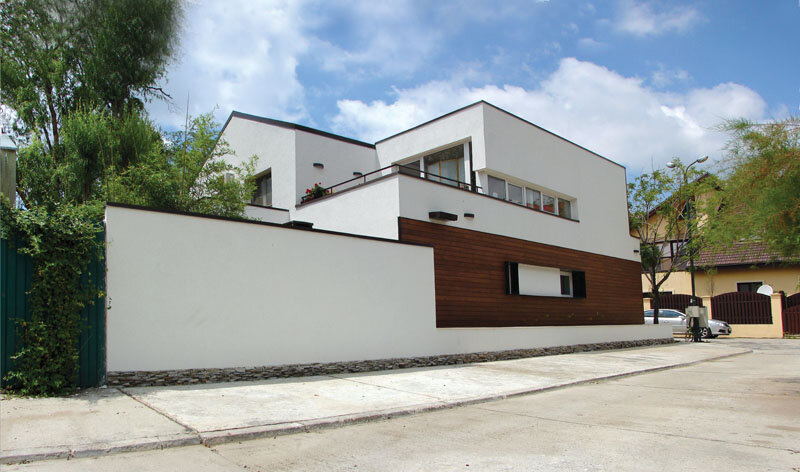
Transparency: the chameleon of architecture
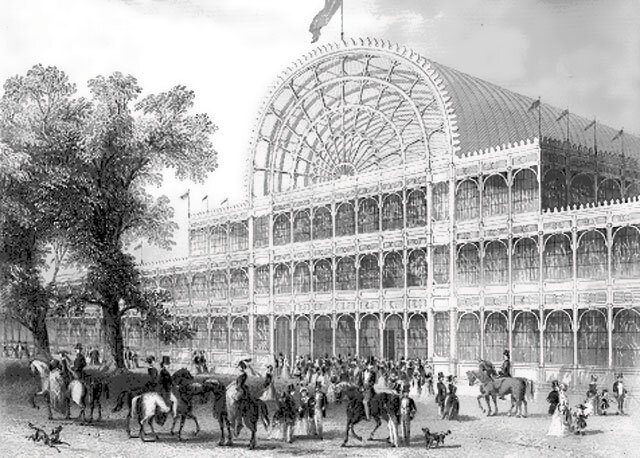
Transparency: the chameleon of architecture
| Transparency is the state or quality of objects of letting light pass through them so that the objects behind them can be seen clearly. Apart from its literal meaning, the term is often associated with openness, honesty, dematerialization, integrity, publicity and even democracy. This article examines the origins of transparency in architecture, the changes it underwent in the 20th century and what it means today in the digital age.In the 19th century, glass, metal and reinforced concrete were the new materials that emerged from the industrial revolution. A typical example of the new aesthetic is Joseph Paxton's Crystal Palace1, which was designed for the London International Fair in 1851. The materials used - glass, metal and wood - allowed light into the building, creating a previously unknown atmosphere, which made the palace the target of harsh criticism. Modernism favored all these new materials in a desire to free itself from the morphological constraints of the past. The use of reinforced concrete in particular had the effect: - larger openings - visibility of the building's structural elements - free (and flexible) plan - transparency - facade mobility In modernism, the term "transparency" has several meanings. Architecture has taken the literal meaning to mean the use of glass. Concrete, mentioned above, removes certain optical constraints and leads to much lighter buildings. As such, in the absence of optical obstructions, transparency can also be defined as synchronization, simultaneously challenging privacy and re-establishing the relationship between inside and outside. |
| Read the full text in issue 4 / 2011 of Arhitectura magazine. |
| 1 Joseph Paxton was a gardener. To design the Crystal Palace, he somewhat imitated the structure of greenhouses. This is why he chose glass and iron as the building's construction materials. |
| Transparency is the state or quality of allowing light to pass through so that the objects behind can be clearly seen. Apart from its literal meaning, this term is also associated with openness, honesty, dematerialization, integrity, publicity and even democracy. This article examines the origins of transparency in the field of architecture, how its notion changed throughout the 20th century and what its meaning in today's digital era is.During the 19th century, glass, metal and reinforced concrete were the new materials that derived from the industrial revolution. A characteristic example of this new aesthetic is Joseph Paxton's1 Crystal Palace, which was designed for the International Fair of London in 1851. Using glass, metal and wood, it allowed the diffuse light in the interior of the building, creating a hitherto unknown atmosphere, which was the reason why this building gained dithyrambic critics. Modernism nested all these new materials in order to liberate from the past's morphological constraints. In particular, the use of reinforced concrete resulted to: - larger spans - the structural elements of the building can be visible - free (and flexible) plan - transparency - mobility of the facades In Modernism, the term "transparency" has multiple meanings. The use of glass is perhaps the literal one in architecture. Concrete, as referred above, removes several optical constraints by making the constructions much more light. Therefore, in state of absence of absence of optical obstacles, transparency can also be defined as synchronization, challenging at the same time the privacy and reestablishing the relationship between the interior and the exterior. |
| Read the full text in the print magazine. |
| 1 Joseph Paxton was a gardener. In order to design the Crystal Palace, he imitated somehow the structure of greenhouses. This is the reason why he chose glass and iron in order to construct this building. |
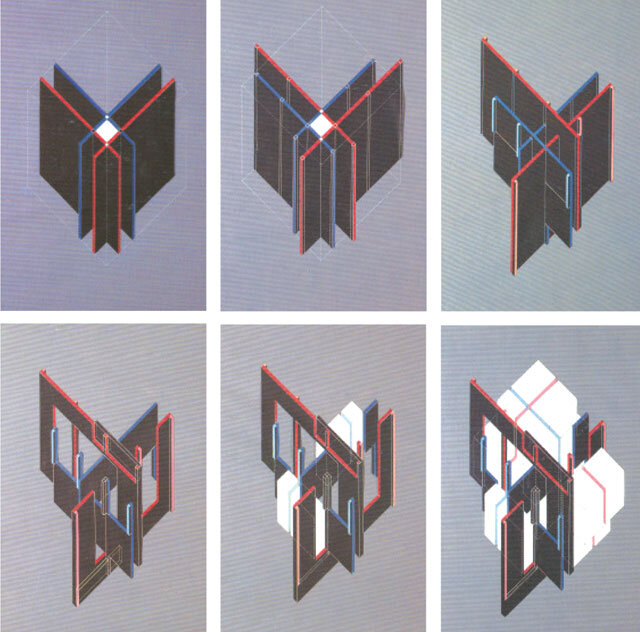
Dr. Eleni G. Gavra - architect, lecturer, Department of Balkan Studies, University of Western Macedonia, Greece
Konstantina-Vasiliki Iakovou Student, Department of Architecture, Aristotle University of Thessaloniki, Greece





